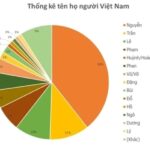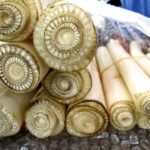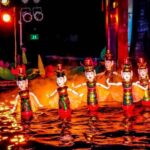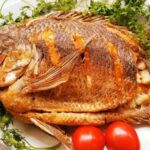Sa Pa, the misty town in Vietnam, has recently captured the attention of South Korean tourists thanks to rave reviews from renowned magazines and newspapers such as ELLE, GQ Korea, Hankyung, and The Neighbor. Hankyung, one of South Korea’s leading economic daily newspapers, along with GQ Korea, a well-known lifestyle magazine, likened Sa Pa to “the Switzerland of Vietnam.”
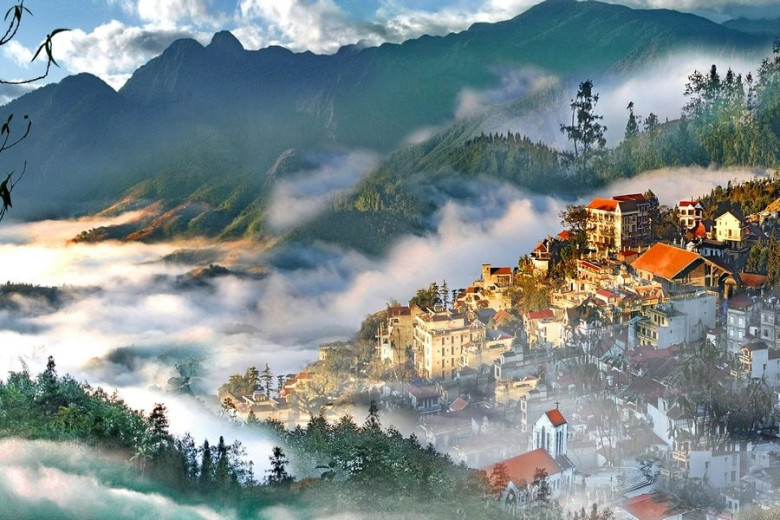
Sa Pa, a town likened to Switzerland by the South Korean media.
Featuring the majestic Fansipan peak, breathtaking terraced fields, and rich cultural heritage of ethnic minorities, Sa Pa offers visitors a memorable exploration experience. Reporter Kim Eun Hee of GQ Korea described Sa Pa as a “stairway to heaven,” highlighting the beauty of the mountain ranges and the excellent vantage points from where visitors can “touch the clouds.” Kim Eun Hee shared the overwhelming feeling of standing amidst the dense fog and mist, creating an ethereal atmosphere.
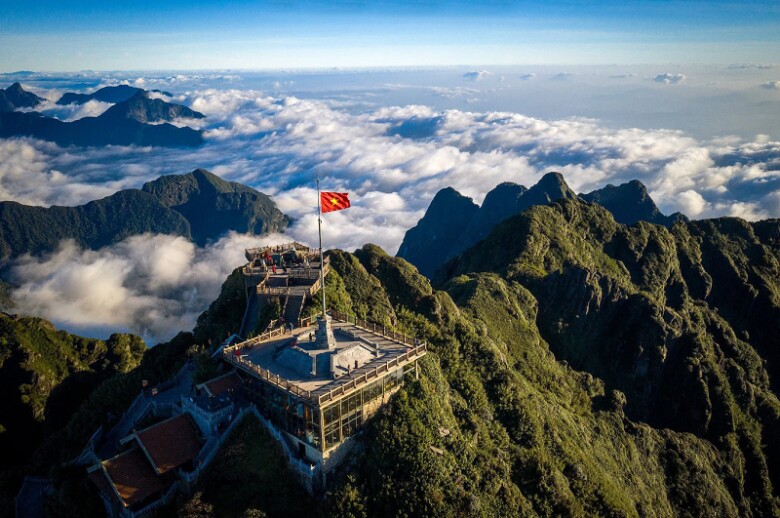
Fansipan peak, dubbed the “Roof of Indochina.”
Additionally, reporter Lee Maroo from ELLE magazine expressed her impression of Bản Mây at Sun World Fansipan Legend. Here, visitors can engage in traditional crafts, enjoy folk games, and savor highland specialties, gaining a deeper understanding of the rich culture of the ethnic minorities. Notably, Sa Pa is one of the few destinations in Vietnam that experiences snowfall, making it particularly attractive to South Korean tourists.
What to Do in Sa Pa This Season?
As the cold winter passes, Sa Pa dons a new, colorful outfit. In spring, this land awakens from its winter slumber, with blooming flowers creating a vibrant natural painting.
Visitors will be amazed by the beauty of plum and peach blossoms along the stony paths and rustic roofs. The vibrant hues bring life to the northwestern mountains. The weather in Sa Pa at this time is also pleasant, with average temperatures ranging from 10°C to 24°C, perfect for outdoor activities and sightseeing.
However, visitors should note that there might be occasional drizzles during this period, so bringing an umbrella or raincoat is advisable to fully enjoy the following destinations:
1. Sa Pa Stone Church
Sa Pa Stone Church, a unique architectural work designed and built by a French architect, showcases a distinct Roman Gothic style. With graceful arches and bell towers, the church exudes an air of mystery and allure. Built long ago, the church bears the marks of time, evident in its antique corners and moss-covered walls.
When visiting the stone church, tourists not only admire its architectural beauty but also get a glimpse into the local life of the highland people. Ethnic minorities often sell their handicrafts in front of the church. Especially on weekends, the sound of Hmong children singing hymns resonates within, creating a sacred yet intimate atmosphere.
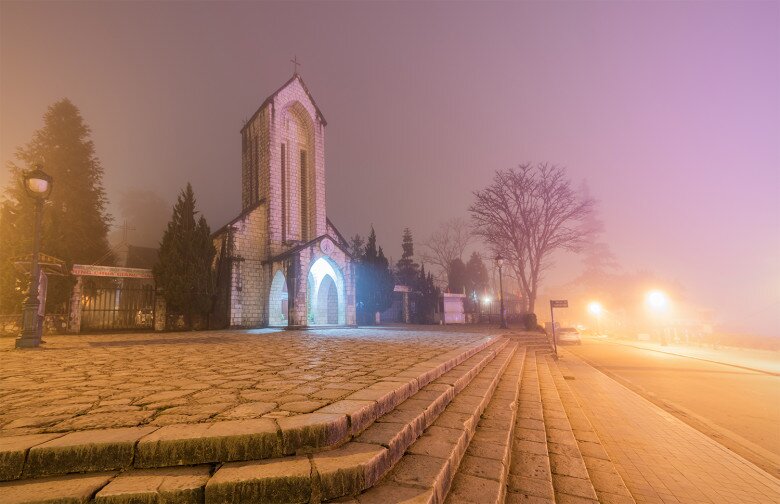
The ancient and mossy Sa Pa Stone Church.
2. Fansipan Peak
Fansipan peak, standing at 3,143 meters above sea level, is known as the “Roof of Indochina.” It is a must-visit destination for those who love northwestern Vietnam tourism. To make the most of your trip, make sure to bring warm clothes as the temperature at Fansipan can drop to around 7°C during this season.
Fansipan attracts visitors with its breathtaking natural scenery, enveloped in swirling clouds, creating an ethereal ambiance reminiscent of a fairyland. The weather in Sa Pa is still chilly, with mist and clouds, making it the perfect time for cloud hunting.
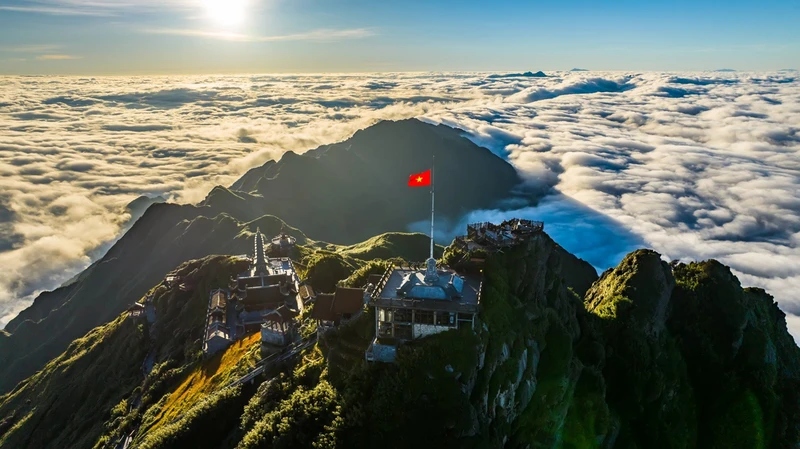
Reaching Fansipan peak this season will make you feel like you’re in a fairyland.
For those who crave adventure and exploration, hiking to Fansipan peak offers a memorable experience. Alternatively, visitors can opt for the modern cable car, allowing them to admire the thousand-flower valley and experience the mystical beauty of piercing through the mist.
Besides nature appreciation, visitors can also pay a visit to the Fansipan spiritual and cultural tourism area to pray for blessings and peace for their loved ones.
3. Sun Plaza Sapa
The Sun Plaza commercial center, designed in a classic European style, has become a popular attraction in Sapa. Located in the heart of the town, Sun Plaza stands out with its golden and dark green hues and large glass windows, creating picture-perfect backdrops reminiscent of Western landscapes. The plaza’s entrance, inspired by London’s iconic Big Ben, adds a touch of elegance and prominence to the building. It has become a favorite spot for young people to take stunning photos during their Sapa exploration.
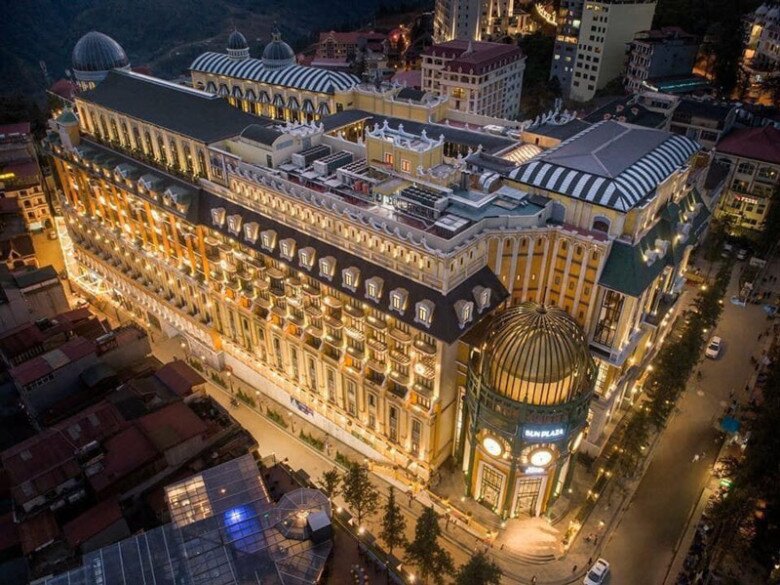
4. Muong Hoa Valley
Muong Hoa Valley, one of the most captivating destinations in Sapa, is a must-visit site. Upon arriving, you’ll have the opportunity to discover the unique beauty and daily life of the local people.
Take a stroll along the Muong Hoa stream, passing through the terraced fields to visit the villages of the Hmong and Dao ethnic groups. Here, you’ll witness the daily life and production activities of the locals.
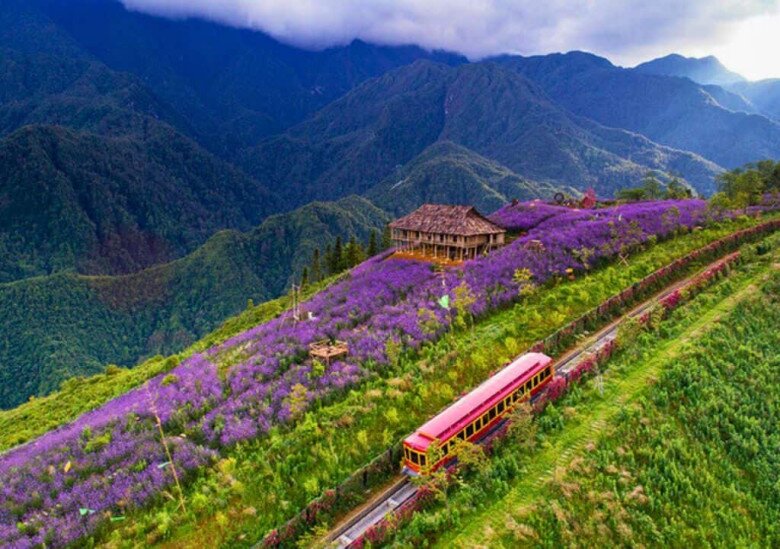
The poetic Muong Hoa Valley.
In Muong Hoa Valley, you can admire the majestic mountain ranges nestled among forests and terraced fields. Hundreds of ancient stone slabs hold mysterious secrets, attracting the attention of archaeologists from Vietnam and abroad.
Especially, don’t miss the opportunity to ride the longest mountain train in Vietnam to admire the valley from the glass windows. It feels like entering a fairyland where natural beauty blends with mythical stories.
5. O Quy Ho Pass
O Quy Ho Pass, one of the “four great passes” of northern Vietnam, connecting Lao Cai and Lai Chau provinces, has become a sought-after destination for adventure seekers. The journey to conquer O Quy Ho Pass is renowned for its romantic and majestic scenery, attracting countless travelers.
As you traverse this pass, you’ll be treated to the breathtaking beauty of the northwestern mountains, where clouds seem to drift into a fairyland. During winter and spring, the weather in Lai Chau is usually pleasant with midday sun, while Lao Cai experiences cold and foggy conditions. Therefore, if you plan to visit O Quy Ho Pass in February, ensure you bring warm clothes to stay comfortable.
Apart from the mesmerizing scenery, the pass also boasts enticing roadside eateries. Here, you can savor local specialties, satisfying your hunger and creating unforgettable memories as you indulge in northwestern cuisine while admiring the enchanting landscape.
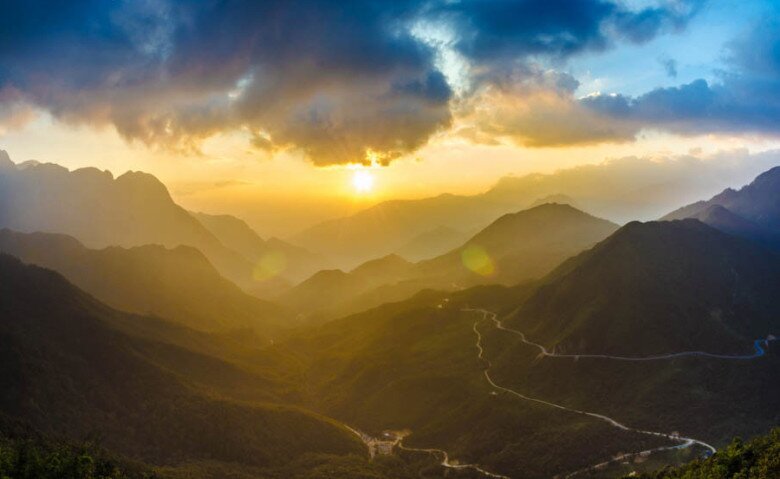
O Quy Ho Pass is ideal for adventure seekers.
6. Sa Pa Ethnic Minority Villages
The northwestern highlands of Vietnam have long been a captivating destination for travelers, featuring picturesque villages and friendly locals. Amidst the majestic mountains, the rustic villages shrouded in mist and smoke create a stunning natural painting.
If you’re seeking inspiration for your journey, consider visiting well-known villages such as Cat Cat, Sin Chai, Ta Van, Ta Phin, and Ho. Each village has its unique charm, making you feel like you’ve stepped into colorful fairy tales.
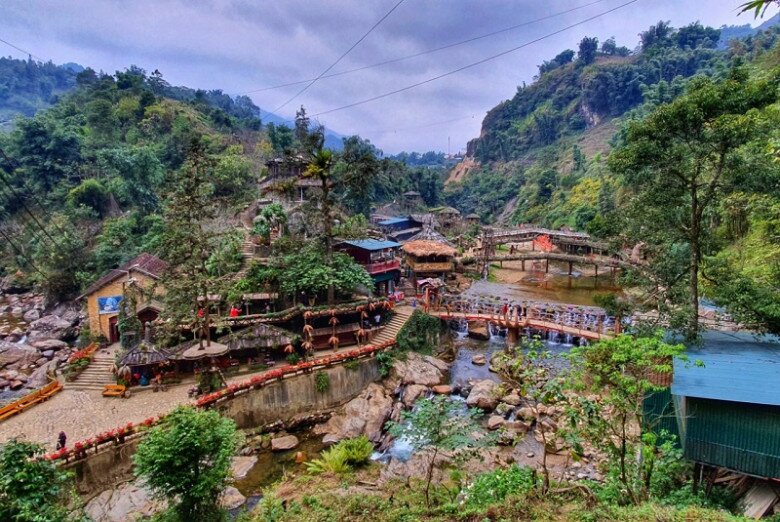
Each ethnic minority village in Sa Pa has its distinct characteristics.
What to Eat in the Northwestern Mountains?
Besides the chilly weather and majestic yet romantic scenery, the cuisine of the region will surely tantalize your taste buds. Unlike other regions, Sa Pa’s culinary delights stand out with unique ingredients and cooking methods.
According to experienced travelers, you should indulge in dishes that showcase the flavors of the mountains, such as Thang Co (a traditional stew), pork from pig carried under the arm, sticky rice cooked in bamboo tubes, five-color sticky rice, grilled stream fish, black chicken, apple wine, and Khau nhuc (a traditional pork dish).
For souvenirs, you can purchase specialties like smoked buffalo meat, wild mushroom, salted and spiced meat, Muong Khuong chili sauce, wood ear mushroom, and Sa Pa plums.
The King of Tropical Fruits: A Thorny Exterior Hides a Fragrant Interior, Reaping $400,000 Annually for This Savvy Farmer.
Pineapple cultivation is a highly profitable and sustainable venture that is gaining popularity among farmers. This easy-to-grow crop requires minimal investment and yields abundant fruit with little maintenance. With a stable market demand, the pineapple farming model is an attractive option for those seeking a reliable path to long-term financial success.


























